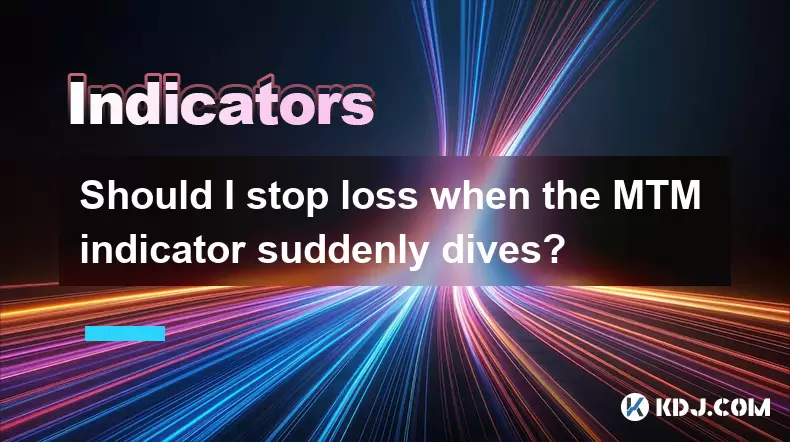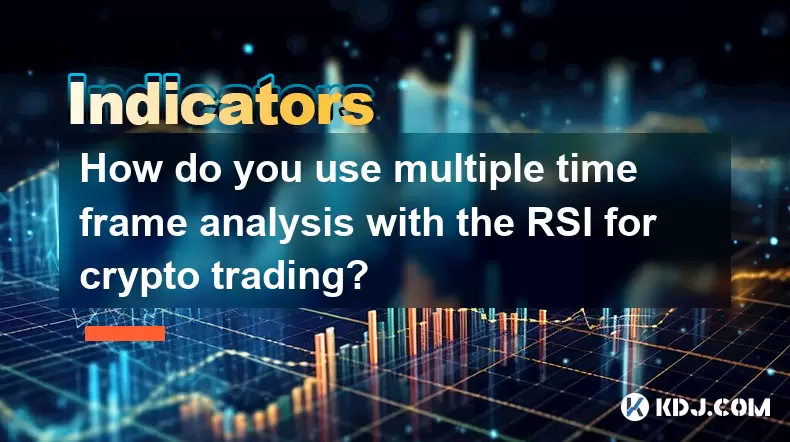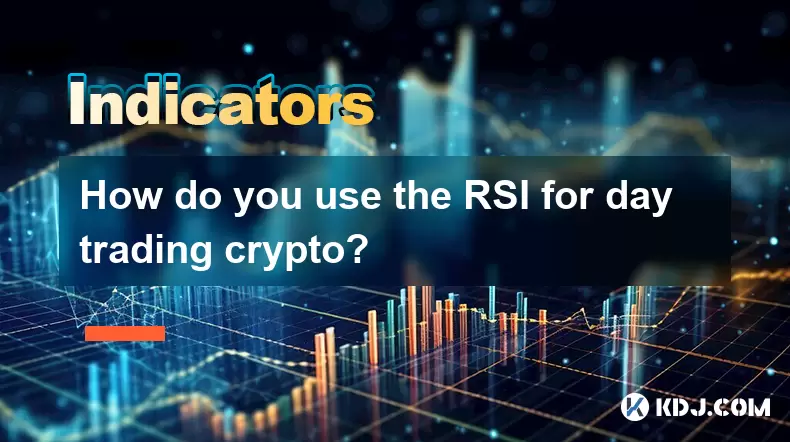-
 Bitcoin
Bitcoin $118400
0.47% -
 Ethereum
Ethereum $3836
2.20% -
 XRP
XRP $3.157
2.98% -
 Tether USDt
Tether USDt $0.9999
-0.03% -
 BNB
BNB $801.5
1.31% -
 Solana
Solana $180.9
2.07% -
 USDC
USDC $0.9999
-0.02% -
 Dogecoin
Dogecoin $0.2225
2.50% -
 TRON
TRON $0.3285
-1.02% -
 Cardano
Cardano $0.7789
2.60% -
 Hyperliquid
Hyperliquid $43.60
2.39% -
 Sui
Sui $3.892
4.41% -
 Stellar
Stellar $0.4229
3.34% -
 Chainlink
Chainlink $18.01
3.98% -
 Hedera
Hedera $0.2745
6.77% -
 Bitcoin Cash
Bitcoin Cash $582.3
3.38% -
 Avalanche
Avalanche $23.77
1.04% -
 Ethena USDe
Ethena USDe $1.001
0.01% -
 Toncoin
Toncoin $3.493
3.59% -
 Litecoin
Litecoin $110.0
2.48% -
 UNUS SED LEO
UNUS SED LEO $8.936
-0.37% -
 Shiba Inu
Shiba Inu $0.00001304
2.49% -
 Uniswap
Uniswap $9.999
1.09% -
 Polkadot
Polkadot $3.897
3.26% -
 Monero
Monero $308.6
-0.83% -
 Dai
Dai $0.9999
-0.01% -
 Bitget Token
Bitget Token $4.504
-0.04% -
 Pepe
Pepe $0.00001154
2.95% -
 Cronos
Cronos $0.1471
3.06% -
 Ethena
Ethena $0.6691
19.53%
Should I stop loss when the MTM indicator suddenly dives?
A sudden MTM indicator dive in crypto often signals fading bullish momentum, potentially hinting at a price reversal or bearish shift.
Jun 21, 2025 at 08:42 am

Understanding the MTM Indicator in Cryptocurrency Trading
The MTM (Momentum) indicator is a popular technical analysis tool used by cryptocurrency traders to gauge the speed or velocity of price changes. It measures the difference between the current closing price and the closing price from a specific number of periods ago. A sudden dive in the MTM line can signal weakening momentum, which may precede a price drop.
In crypto markets, where volatility is high and sentiment shifts rapidly, interpreting MTM signals becomes crucial. A sharp decline in the MTM value often indicates that bullish momentum is fading, and bears might be gaining control. However, it's essential not to act solely based on one indicator without considering broader market conditions and other confirming signals.
Why Does the MTM Indicator Suddenly Dive?
A sudden drop in the MTM indicator typically occurs when there’s a rapid shift in market sentiment. In the context of cryptocurrency trading:
- Profit-taking after a strong rally: After a significant upward move, traders may start selling off their positions, causing momentum to fall sharply.
- Market manipulation or whale movements: Large holders (whales) dumping their holdings can cause abrupt drops in price and momentum.
- Negative news or macroeconomic factors: Regulatory updates, exchange breaches, or global economic developments can trigger panic selling.
These scenarios can lead to a steep MTM decline even before visible price action confirms the reversal. Therefore, understanding the environment around the MTM divergence is critical for informed decision-making.
How to Interpret a Sudden MTM Drop in Crypto Charts
When analyzing a sudden MTM dive, consider these key aspects:
- Divergence with price: If the price is still rising but the MTM line is falling, this bearish divergence suggests weakening momentum.
- Zero line crossover: When the MTM crosses below the zero line, it signals that the current price is lower than it was 'n' periods ago — a potential sell signal.
- Historical volatility patterns: Compare the current MTM behavior with past similar setups to determine if the drop is typical or an outlier.
For example, during a bull run, short-term dips in MTM are common and may not require immediate stop-loss activation. But in sideways or downtrending markets, a sharp MTM drop could indicate a breakdown.
Should You Stop Loss Based on a Sudden MTM Drop?
Deciding whether to set a stop loss following a sudden MTM plunge involves evaluating multiple variables:
- Position size and risk tolerance: Traders with larger exposure may want to protect capital more aggressively.
- Timeframe of the chart: Short-term traders might react faster to MTM signals compared to long-term investors.
- Support and resistance levels: If the price is near a strong support zone, a MTM drop may not justify a stop loss immediately.
Some traders use the MTM indicator as a confirmation tool rather than a primary signal. For instance, combining it with volume indicators or moving averages can provide better clarity before triggering a stop loss.
Setting Effective Stop Loss Levels Using MTM Signals
If you decide to incorporate MTM into your stop-loss strategy, follow these steps:
- Identify recent swing highs/lows: Place stop losses beyond these levels to avoid premature exits.
- Use trailing stops: Adjust stop losses dynamically as the MTM fluctuates, locking in gains while allowing room for normal price swings.
- Combine with candlestick patterns: Look for bearish reversals like shooting stars or engulfing candles alongside MTM declines to confirm exit points.
- Monitor volume spikes: A sudden increase in volume during an MTM drop increases the likelihood of a genuine trend reversal.
- Avoid placing stop losses too tight: Doing so can result in being stopped out due to noise rather than real trend changes.
By aligning stop-loss placement with both technical and momentum-based signals, traders can reduce emotional interference and enhance discipline.
Common Mistakes Traders Make with MTM and Stop Losses
Many crypto traders make errors when responding to sudden MTM dives:
- Overreacting to minor fluctuations: Not every dip in momentum means a reversal. Misinterpreting short-term volatility can lead to unnecessary stop-outs.
- Ignoring market context: Failing to assess the broader market condition or fundamental backdrop can lead to poor decisions.
- Using default settings for MTM: The standard 14-period setting may not suit all trading styles or cryptocurrencies. Customizing parameters based on asset behavior improves accuracy.
- Neglecting backtesting: Without historical testing, it's hard to know how effective your MTM-based stop-loss rules have been.
- Failing to adjust risk per trade: Risking the same amount on every trade regardless of MTM volatility can lead to disproportionate losses during choppy markets.
Avoiding these pitfalls ensures that traders use the MTM indicator more effectively and avoid knee-jerk reactions that harm portfolio performance.
Frequently Asked Questions
Q: Can I rely solely on the MTM indicator for setting stop losses?
While the MTM indicator provides valuable insights into momentum shifts, relying solely on it can lead to false signals. It's best used in combination with other tools such as moving averages, RSI, and volume analysis to confirm stop-loss triggers.
Q: What timeframes work best with the MTM indicator for stop loss decisions?
Short-term traders often prefer 5-minute or 15-minute charts for quick entries and exits, while swing traders may focus on hourly or daily charts. The effectiveness of the MTM varies across timeframes, so test different intervals based on your trading style.
Q: How do I customize the MTM period for better results in crypto trading?
Most platforms allow adjusting the MTM period. Lower values (e.g., 7 or 10) make the indicator more sensitive, suitable for scalping. Higher values (e.g., 20 or 30) smooth out noise and are better for longer-term trades. Experimentation and backtesting help identify optimal settings.
Q: Is it possible for the MTM indicator to give false signals in crypto markets?
Yes, especially during consolidation phases or sudden news events. False signals occur when the MTM suggests a reversal, but the price continues in the original direction. Confirming with other indicators and observing price structure helps filter out misleading readings.
Disclaimer:info@kdj.com
The information provided is not trading advice. kdj.com does not assume any responsibility for any investments made based on the information provided in this article. Cryptocurrencies are highly volatile and it is highly recommended that you invest with caution after thorough research!
If you believe that the content used on this website infringes your copyright, please contact us immediately (info@kdj.com) and we will delete it promptly.
- SEC, Crypto, and Securities: Navigating the New Frontier
- 2025-08-01 05:10:12
- Cardano (ADA) Market Cap: Can It Compete with Emerging Cryptocurrencies and Meme Coins?
- 2025-08-01 04:30:12
- SEC, Crypto, and On-Chain: Navigating the Regulatory Maze
- 2025-08-01 02:31:40
- Jito Labs, Solana, and Liquid Staking: Riding the Wave of Innovation
- 2025-08-01 03:50:12
- Perpetual DEX: Navigating Onchain Trading and Solving Core Problems, a NY Perspective
- 2025-08-01 03:57:53
- Bitcoin Bullish Market: How Long Positions are Boosting the Crypto King
- 2025-08-01 02:35:33
Related knowledge

How do you use multiple time frame analysis with the RSI for crypto trading?
Aug 01,2025 at 05:19am
Understanding the Role of RSI in Crypto TradingThe Relative Strength Index (RSI) is a momentum oscillator that measures the speed and change of price ...

How can you use the RSI to determine exit points in crypto trades?
Aug 01,2025 at 04:29am
Understanding the Role of RSI in Crypto TradingThe Relative Strength Index (RSI) is a momentum oscillator widely used in the cryptocurrency market to ...

How do you use the RSI for day trading crypto?
Aug 01,2025 at 05:26am
Understanding the RSI in Cryptocurrency TradingThe Relative Strength Index (RSI) is a momentum oscillator that measures the speed and change of price ...

What does it signify when the MACD crosses below the zero line?
Aug 01,2025 at 01:43am
Understanding the MACD IndicatorThe Moving Average Convergence Divergence (MACD) is one of the most widely used technical analysis tools in the crypto...

How does the MACD histogram show momentum?
Aug 01,2025 at 01:16am
Understanding the MACD Histogram and Its Role in Cryptocurrency TradingThe MACD histogram is a visual representation of the difference between the MAC...

What is a MACD crossover?
Jul 31,2025 at 11:52pm
Understanding the Role of Private Keys in Cryptocurrency SecurityIn the world of cryptocurrency, private keys are the cornerstone of ownership and con...

How do you use multiple time frame analysis with the RSI for crypto trading?
Aug 01,2025 at 05:19am
Understanding the Role of RSI in Crypto TradingThe Relative Strength Index (RSI) is a momentum oscillator that measures the speed and change of price ...

How can you use the RSI to determine exit points in crypto trades?
Aug 01,2025 at 04:29am
Understanding the Role of RSI in Crypto TradingThe Relative Strength Index (RSI) is a momentum oscillator widely used in the cryptocurrency market to ...

How do you use the RSI for day trading crypto?
Aug 01,2025 at 05:26am
Understanding the RSI in Cryptocurrency TradingThe Relative Strength Index (RSI) is a momentum oscillator that measures the speed and change of price ...

What does it signify when the MACD crosses below the zero line?
Aug 01,2025 at 01:43am
Understanding the MACD IndicatorThe Moving Average Convergence Divergence (MACD) is one of the most widely used technical analysis tools in the crypto...

How does the MACD histogram show momentum?
Aug 01,2025 at 01:16am
Understanding the MACD Histogram and Its Role in Cryptocurrency TradingThe MACD histogram is a visual representation of the difference between the MAC...

What is a MACD crossover?
Jul 31,2025 at 11:52pm
Understanding the Role of Private Keys in Cryptocurrency SecurityIn the world of cryptocurrency, private keys are the cornerstone of ownership and con...
See all articles

























































































